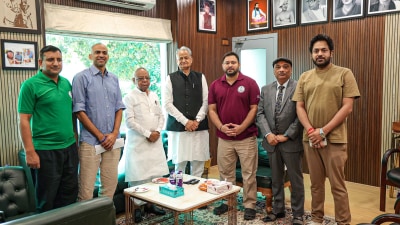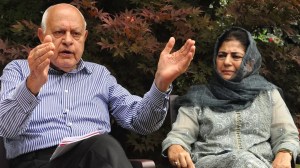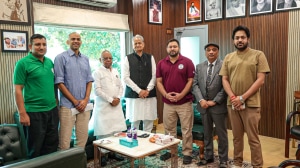In medieval times
India is often described as a country of paradoxes, a country where several centuries coexist.

India is often described as a country of paradoxes, a country where several centuries coexist. Living in Delhi, I have witnessed this at close quarters, but nothing had prepared me for what I saw in a private museum inside the fort of an erstwhile princely state in Uttar Pradesh.
As I moved through the dilapidated fort, the ambience of the place made me feel as if I was caught in a time warp. It was the medieval era of maharajas, not the rapidly growing 21st-century India.
While the artefacts (albeit covered in a thick layer of dust) gave a peek into the hedonistic life of the maharajas — custom-made cars, weaponry, clothes, hunting trophies, and narcissistic photographs — there was nothing to showcase any effort, let alone achievement, they might have made for the welfare of their subjects.
At the entrance to each room sat a caretaker: malnourished, old and haggard. While some managed to sit, others could not garner even that much strength, and were lying on their backs, as decrepit fans whirred lethargically overhead. They looked like mummies from a horror film.
With some prodding, I managed to get one of them to talk to me. Sensing a sympathetic ear, the hapless fellow confided in a whisper that “no payments [were] being made to any of the attendants, who have served the maharaja for generations on end”. On being asked about what prevented them from leaving the place, the man tearfully confessed that they “don’t have the option to leave”. His eyes, however, told a tragic story of far greater poignancy, helplessness and decay than his feeble words could convey.
As I handed a 10-rupee note to him before leaving, a sense of guilt overwhelmed me as to whether our celebration of India’s economic miracle is a bit premature, particularly when a section of our populace still languishes in the middle ages where its material well-being is concerned.






- 01
- 02
- 03
- 04
- 05

























